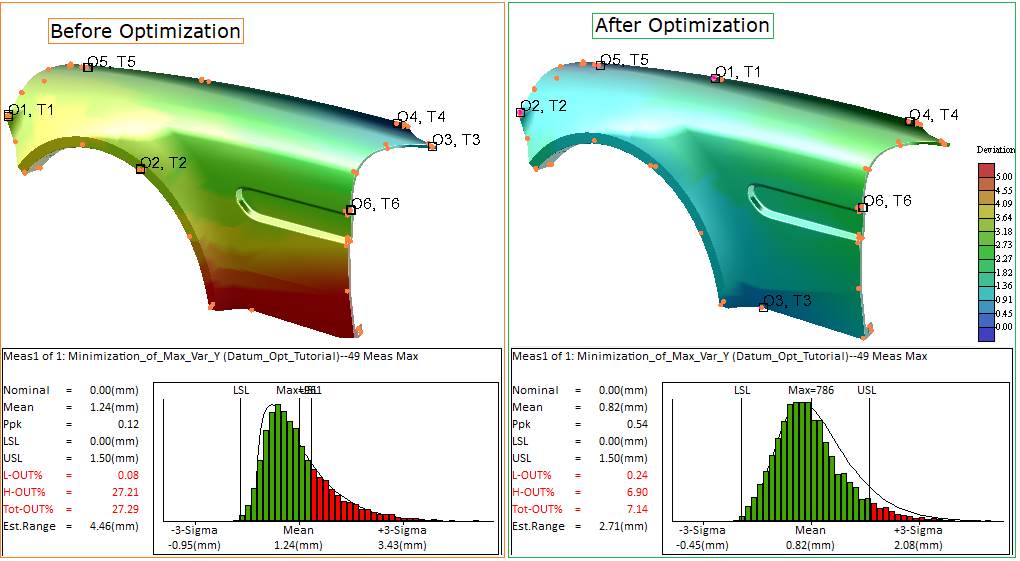
Paul Vickers has recently joined the team at DCS - learn more about Paul here
When remodeling your house, you want your contractor to be cheap, fast, and high quality. And, as any seasoned homeowner knows, you get to pick two. The cheap and fast contractor is likely to have low quality workmanship. If you pick the cheap and high quality contractor, you will likely lose the use of parts of your house for weeks or months. The fast and high quality contractor is likely to be very expensive. This old adage demonstrates the risks involved in decision making.
This adage also demonstrates the four elements of decision making: cost, benefit, time, and risk.
How much money?
What is the benefit (ROI)?
How much time?
What are the risks to my business?
When a business spends money on software and expends both peoples' time and product cycle time using the software; they want to have a return on investment and/or reduce risk.
Some folks use only three of the four: cost, benefit, and time. A decision maker omits risk as criteria at their peril. Because all decisions involve uncertainty about the future, risk is an inherent part of all business decisions.
When considering the value (balance of cost, benefit, time, and risk) of dimensional simulation, most organizations can quantify cost and time. They struggle with benefit. How do we put a value to dimensional analysis?
The primary benefit to dimensional analysis is reduction in risk. Analysis prior to production means finding and fixing problems before the problems adversely impact the business. Finding and fixing problems saves future unspent sums and therefore cannot be easily quantified. It certainly cannot be found in the accounting ledgers!
During a recent product launch at an automotive OEM, many problems were discovered during the ramp up to full production. Some, but not all, vehicles exhibited the fault. These problems were determined to be variation problems. I, as the author, root caused problems and completed the "3 Legged 5 Whys". Afterwards, it was discovered all the variation problems had one thing in common — no three dimensional modeling was completed. In some areas, not even 1-D tolerance stacks were completed. looking at the analysis post failure, three dimensional modeling predicted the failure! Unfortunately for the manufacturer, these predictions were too late to prevent the initial problem but in time to ensure the proposed product/process fix would be effective.
When asked why dimensional analysis was not completed the common reply was 'we could not justify the expense a priori.' They knew the cost. They knew the time it would take. They didn’t see a clear benefit to “pay” for the cost.
What was missing in their analysis? The missing element in their decision making was risk assessment. If a fault occurs, what are the costs? (Costs of Bad Quality)
In the end, remediation costs for one or two of the problems was far greater than the budget and the costs associated with software and analysis. In fact, just one of the problem's cost to fix was greater than the dimensional analysis budget across the entire company! The company was spending dollars to save pennies on analysis!
Failure to assess risk was the missing element in the cost benefit analysis.
As we move forward, let’s ensure we include all four elements of business decision making. Cost, benefit, time, and risk. Frequently, risk is the element most often ignored. Yet, it is often the most important.
These Stories on CATIA
No Comments Yet
Let us know what you think